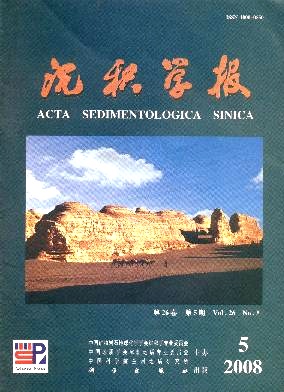Sequence Framework and Sedimentary Facies of Ed Formation in Paleogene, Nanpu Sag, Bohai Bay Basin
- Received Date: 1900-01-01
- Rev Recd Date: 1900-01-01
- Publish Date: 2008-10-10
-
Key words:
- sequence framework /
- systems tract /
- controlling factor /
- sedimentary system /
- Ed /
- Nanpu Sag
Abstract: Comprehensively using the drilling, logging and seismic data, based on the boundary characteristics of the sequence systems tract, sequences of Ed Formation in Paleogene in the area of Nanpu sag were classified. Ed Formations were divided into three sedimentary sequences. By tracing MFS and FFS, lowstand, transgressive and highstand system tracts was ascertained. The basin palaeogeography and fault activity have influenced on framework and distributions of the sequence. On the area of hangingwall of Gaoliu fault, Ed Formation was thin and eroded hardly, especially in Liuzan region. The centre of sequence thickness was located on Linque subsag, thickness is more than 2500m.While on the land, average sequence thickness is 1800m. Depositional systems were analysis on sequence stratigraphic framework. On the slope region in the northeast, alluvial fan and fandelta were mainly depositional systems. And braided riverdelta, fan delta and delta were distributed in the northwest and south slope. Tectonic activities were critical controlling factors on sequence system boundary; stack mode and distribution of deposition system. Strong active fault make retrogradation mode, and inertia fault make progradation. The favorable lithological traps are located mainly on fandelta in the lowstand system tracts of sequence1 and on turbidite fan in the sequence 2.
| Citation: | GUAN Hong. Sequence Framework and Sedimentary Facies of Ed Formation in Paleogene, Nanpu Sag, Bohai Bay Basin[J]. Acta Sedimentologica Sinica, 2008, 26(5): 730-736. |






 DownLoad:
DownLoad: